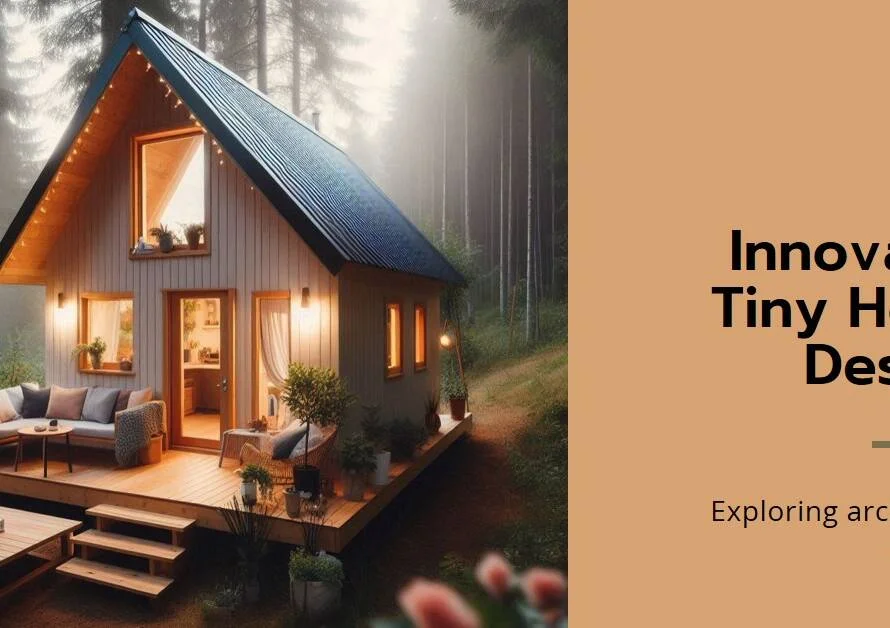
Table of Contents
- Introduction:
- The Importance of Environmental Design:
- Navigating the Green Scene: Environmental Design in New Jersey:
- Showcasing Sustainable Solutions:
- Connecting with Environmental Designers:
- Greening Urban Spaces:
- Preserving Natural Beauty:
- Innovations in Sustainable Architecture:
- Collaborating for a Greener Tomorrow:
- Conclusion:
Introduction:
In the Garden State, where lush landscapes and bustling urban areas coexist, the need for environmentally conscious design has never been more pressing. From revitalizing urban spaces to preserving natural habitats, environmental designers play a pivotal role in shaping New Jersey’s sustainable future. If you’re seeking to embark on a project that prioritizes ecological integrity and human well-being, connecting with skilled environmental designers is essential. In this comprehensive guide, we’ll explore the landscape of environmental design in New Jersey and highlight key professionals to consider for your next endeavor.
The Importance of Environmental Design:
Environmental design encompasses the art and science of creating spaces that harmonize with nature while meeting the needs of communities and individuals. By integrating ecological principles into the design process, environmental designers strive to minimize environmental impact, enhance biodiversity, and promote resilience against climate change. Whether it’s designing green infrastructure, sustainable buildings, or public parks, these professionals are at the forefront of fostering sustainable development in New Jersey.
Navigating the Green Scene: Environmental Design in New Jersey:
New Jersey boasts a vibrant community of environmental designers who are dedicated to shaping a greener future for the state. From established firms to emerging talents, there’s no shortage of expertise to tap into. When embarking on a project, it’s crucial to identify designers who not only possess technical proficiency but also share your vision for sustainability and innovation.
Showcasing Sustainable Solutions:
Case Studies in Environmental Design: To illustrate the impact of environmental design in New Jersey, let’s delve into some compelling case studies. From transforming brownfield sites into vibrant community spaces to implementing green infrastructure projects that mitigate flooding, these examples showcase the transformative power of sustainable design in action.
Connecting with Environmental Designers:
Who to Contact in New Jersey: When it comes to finding the right environmental designer for your project, networking and research are key. Fortunately, New Jersey is home to a diverse array of design professionals who specialize in various aspects of environmental design. Whether you’re looking for landscape architects, urban planners, or sustainability consultants, there are experts ready to bring your vision to life.
Greening Urban Spaces:
The Role of Environmental Design in City Planning: In densely populated urban areas like Newark, Jersey City, and Trenton, environmental design plays a crucial role in enhancing livability and resilience. From rooftop gardens to pedestrian-friendly streetscapes, these initiatives not only beautify the urban landscape but also improve air quality, reduce heat island effects, and promote community cohesion.


Preserving Natural Beauty:
Environmental Design in New Jersey’s Parks and Recreation Areas: New Jersey is renowned for its diverse natural landscapes, including pristine beaches, verdant forests, and picturesque parks. Environmental designers play a vital role in preserving and enhancing these natural treasures, ensuring that future generations can continue to enjoy the state’s ecological richness.
Innovations in Sustainable Architecture:
Building for the Future in New Jersey: As the demand for sustainable buildings continues to rise, architects and designers in New Jersey are pioneering innovative approaches to green design. From passive solar design to net-zero energy buildings, these projects showcase the marriage of aesthetics and sustainability in the built environment.
Collaborating for a Greener Tomorrow:
Partnerships in Environmental Design: In the quest for sustainability, collaboration is key. By forging partnerships between designers, developers, policymakers, and community stakeholders, we can leverage collective expertise and resources to tackle complex environmental challenges. From public-private partnerships to grassroots initiatives, there are myriad opportunities to drive positive change through collaboration.
Conclusion:
In conclusion, environmental designers play a pivotal role in shaping the sustainable future of New Jersey. Whether you’re embarking on a urban revitalization project, preserving natural habitats, or building sustainable infrastructure, connecting with skilled design professionals is essential. By harnessing the power of creativity, innovation, and collaboration, we can build a greener, more resilient Garden State for generations to come.


